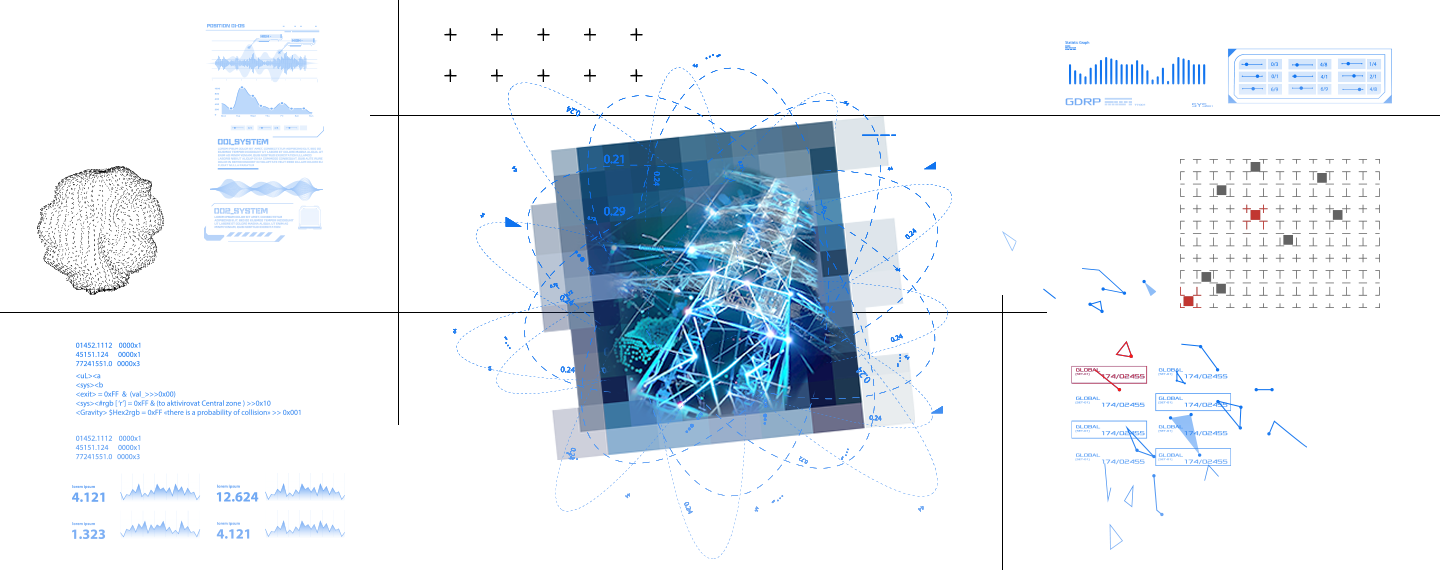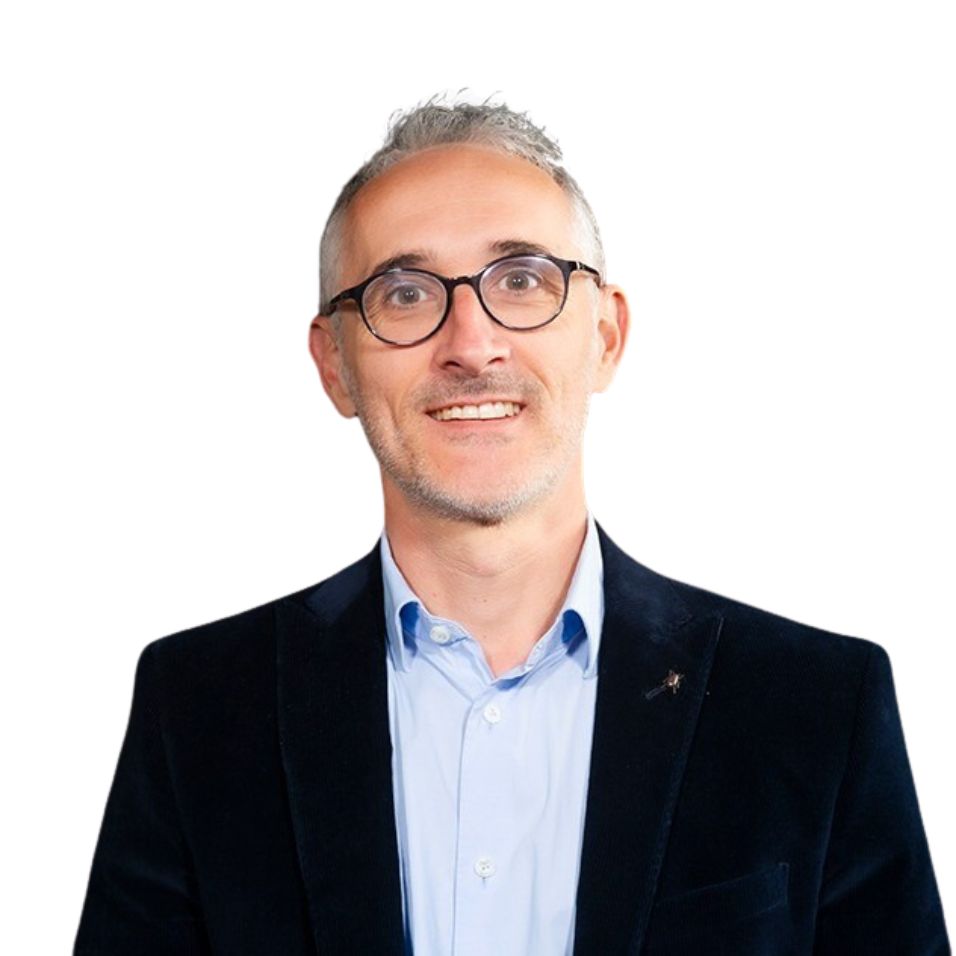Digital twins empower operators with enhanced visibility and grid transparency, predictive capabilities, and decision-making insights, all crucial for navigating the complexities of modern energy systems.
Nexans contributes in several ways to the modernization of grids, of which digital twins are an essential part, particularly with two of its solutions: Adaptix.Grid and Asset Electrical.
Adaptix.Grid, the AI-powered analytics offering from Nexans’ partner Sensewaves, provides power grid operators with a comprehensive and precise computable model of their grid that lays out the detailed topology of the network, even at low voltage levels. Thus enabling grid operators to shorten the intervention time of field crews in case of outages or visualize the areas of congestion accurately and re-balance the grid accordingly.
Simulation digital twins, such as Nexans’ Asset Electrical, built in partnership with CosmoTech, lets infrastructure owners simulate whether asset maintenance and renewal policy changes could impact the company’s quality of service or financial indicators.
For example, strategic asset managers using Asset Electrical can stimulate, leveraging objective data, whether postponing the replacement of an asset family reaching its theoretical end of life (meaning deferring capital expenditures) poses a significant risk regarding the occurrence of network incidents or from an environmental point of view.







